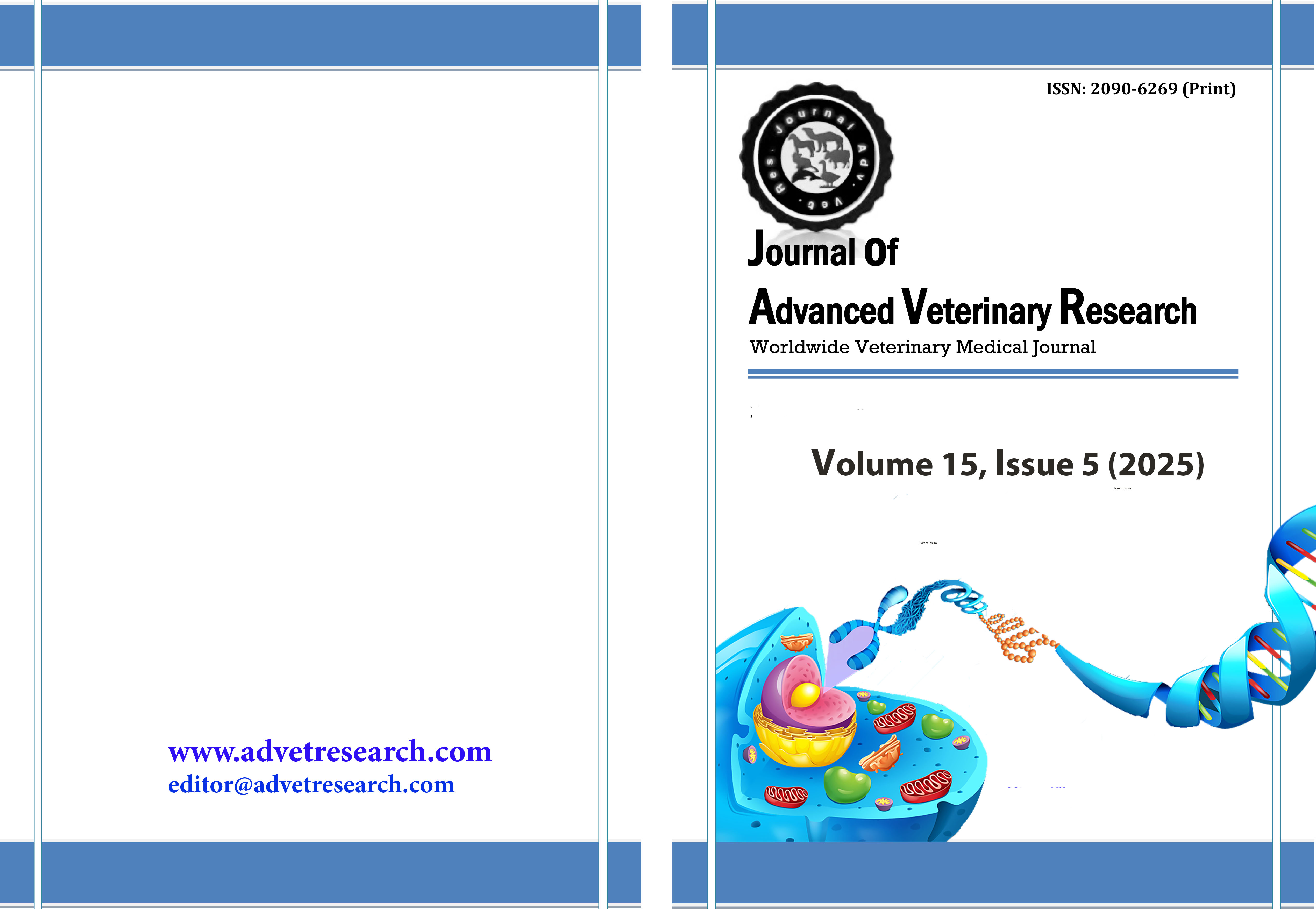Zinc, calcium, and magnesium levels in seminal plasma as predictive markers of sperm quality in Bali bulls (bos javanicus domesticus)
Keywords:
Bali bull, Calcium, Magnesium, Seminal plasma mineral, ZincAbstract
Seminal plasma contains essential minerals that influence sperm performance and could act as reliable indicators of reproductive potential in bulls. Despite their importance, the role of these minerals in determining sperm quality has been rarely examined in indigenous breeds, such as Bali cattle (Bos javanicus), particularly across different phenotypes. This research aimed to evaluate the concentrations of magnesium (Mg), zinc (Zn), and calcium (Ca) in the seminal plasma of Bali bulls, and investigate how these minerals relate to key semen quality parameters. Fresh semen was collected from three apparently healthy horned and three polled Bali bulls. Semen quality parameters, including motility, viability, morphology, and membrane integrity, were assessed following standard protocols. Seminal plasma was isolated, and mineral concentrations were determined using atomic absorption spectrophotometry (AAS). Statistical evaluation involved independent t-tests, Pearson correlation, and linear regression. The results revealed that horned Bali bulls had significantly higher sperm concentration (P < 0.01), while polled bulls showed a lower percentage of abnormal spermatozoa (P < 0.05). Seminal plasma of polled bulls contained higher zinc (2.55 ± 0.37 ppm) and calcium (0.11 ± 0.02%) levels, whereas horned bulls had higher magnesium concentrations (57.93 ± 14.22 ppm). Magnesium showed a highly significant association with increased sperm concentration (r = 0.79; B = 14.78; R² = 0.864; p < 0.001), showing it to be the most influential mineral factor. These findings support the use of zinc, calcium, and magnesium as predictive biomarkers for evaluating bull fertility and selection in Bali cattle breeding programs.
Downloads
Published
How to Cite
Issue
Section
License
Copyright (c) 2025 Journal of Advanced Veterinary Research

This work is licensed under a Creative Commons Attribution-NonCommercial-NoDerivatives 4.0 International License.
Users have the right to read, download, copy, distribute, print, search, or link to the full texts of articles under the following conditions: Creative Commons Attribution-NonCommercial-NoDerivatives 4.0 International (CC BY-NC-ND 4.0).
Attribution-NonCommercial-NoDerivs
CC BY-NC-ND
This work is licensed under a Creative Commons Attribution-NonCommercial-NoDerivatives 4.0 International (CC BY-NC-ND 4.0) license




